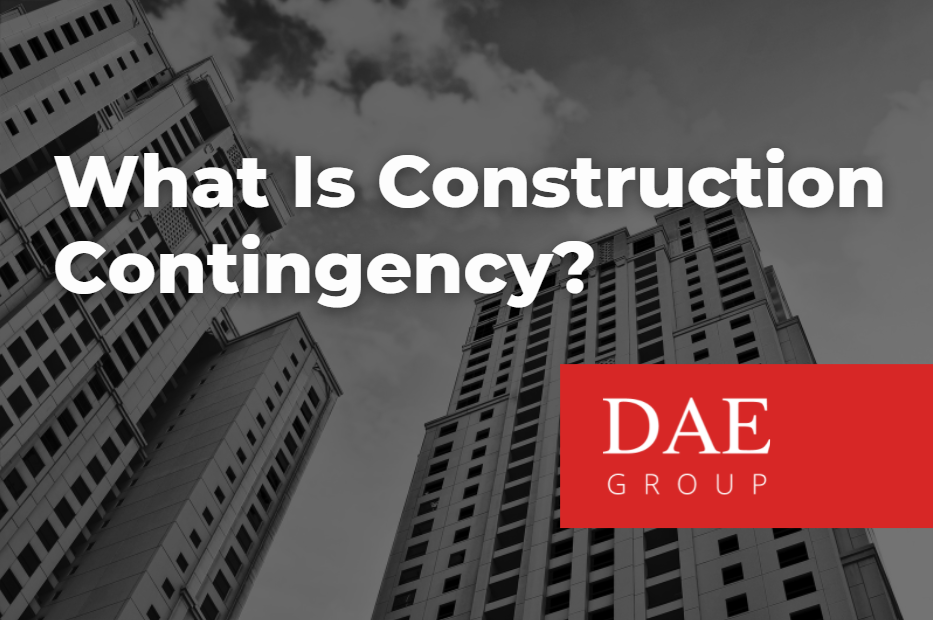Every real estate construction project has risks involved in the planning and execution of the construction. The knowledge and practical experience of professionals such as architects, engineers, designers, contractors and general contractors, and government agency personnel help limit the risks involved in the project.
The construction contingency is a key aspect of risk management protocol to ensure that the construction project can remain viable. Think of it as insurance in the event of surprise costs or delays, which allow the project to still meet its commitments.
What is Construction Contingency?
Construction contingency refers to a percentage of money reserved to cover unanticipated construction costs or delays not identified in the budget or scope of work for the project.
The construction contingency is there to help the team manage additional costs that come from factors such as weather delays, supply chain and resource management issues, design changes, personnel costs, etc. This money is on reserve and is not allocated to any specific area of work. Essentially, the contingency acts as insurance against unforeseen costs.
Why Construction Contingency Is Important
There is tremendous pressure in a real estate construction project to get things done on-time, on-budget and to specified levels of quality and craftsmanship.
When the unexpected occurs such as a weather delay or a material shortage, the construction contingency is there to be used so that no shortcuts in craftsmanship and materials is used to make up for the delay and additional costs. Construction contingency is important because it can be used as a backup to maintain scheduling and quality commitments established for the project.
It is there for the construction team to manage the unexpected more effectively and strategically while maintaining tight schedules and quality standards..
Types of Construction Contingency
There are different types of construction contingency. For example, an owner may have a contingency to cover unexpected environmental conditions or changes to the funding of the project.
A contractor may require construction contingency to deal with highly volatile and fluctuating material and labor costs. And the design team may require contingencies for scope creep or when materials are not available and substitutions need to made requiring design changes.
How Construction Contingency Is Calculated
A construction contingency should take into account all the types of construction contingency necessary for the project. Typically, a 5-10% calculation of the total construction budget is allocated to a construction contingency.
Important Elements of a Construction Contingency
In addition to the actual dollar amount of the contingency budget, a construction contingency should also include a well-drafted process of how to access contingency funds, what conditions do and do not warrant using the funds and a detailed procedure concerning notices, paperwork, and approvals.
Conclusion
Determining the amount of contingency is a balancing act.
There needs to be enough contingency funds to cover any uncertainties and enough cash on hand to keep the project construction moving forward. But too much contingency can compromise the project and put it at risk.
That’s why sophisticated owners turn to the premier owner’s representatives at DAE Group. They do the analysis, review, question-asking, budgeting, and number-crunching to provide a high degree of confidence and accuracy to contingency evaluations.
DAE Group has the industry experience and proven methods to help avoid problem bids, stay on budget, limit costly overruns, and determine appropriate contingency budgets. All so that owners gain more value for their construction dollar.

